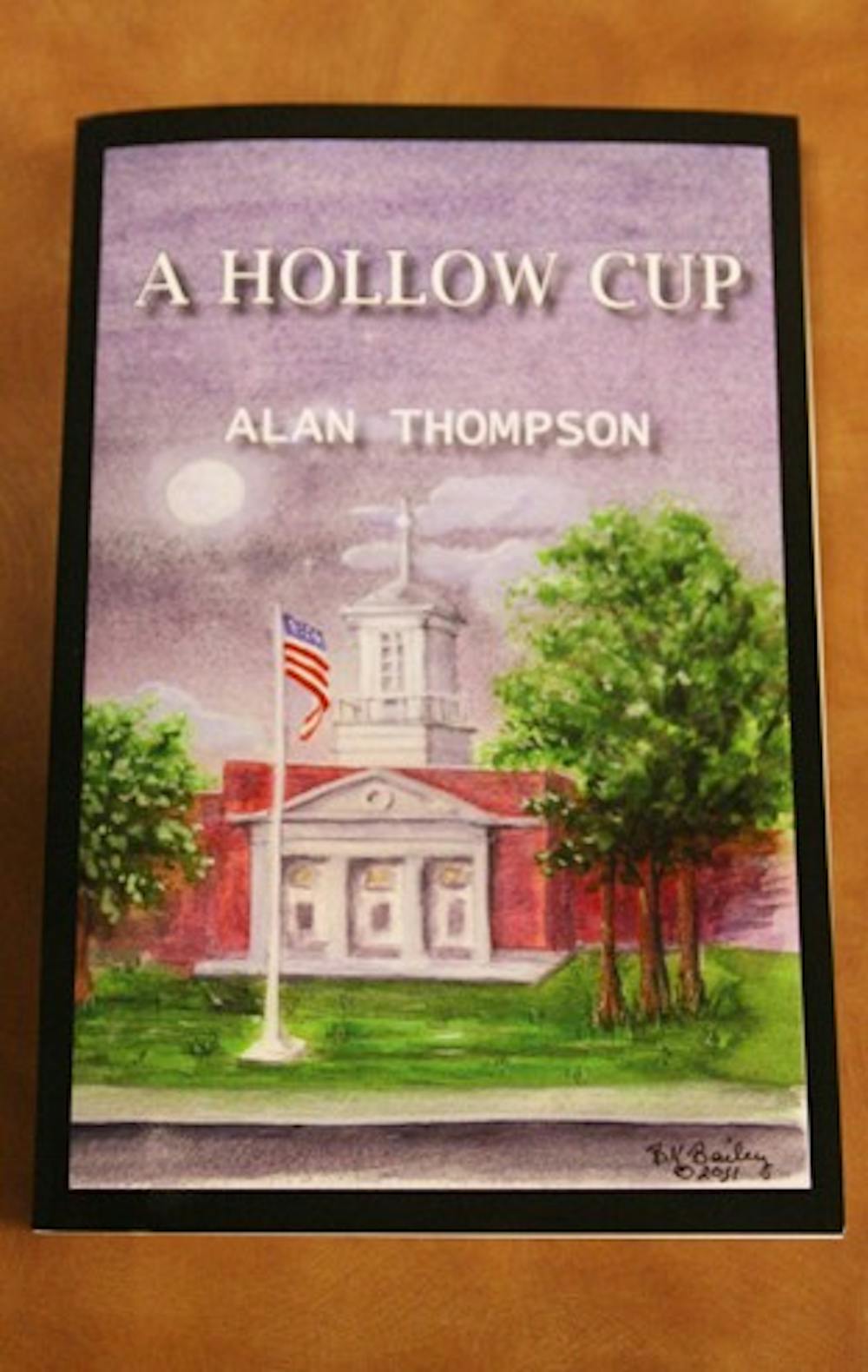PT: I wrote it initially because I wanted to record in some small way what life had been like in Chapel Hill and on Carolina’s campus back in the ’50s and ’60s.
At the same time, I wanted to address some issues having to do with race relations, the integration of our schools back then, and also the impact of the University’s growth on the town of Chapel Hill itself.
DTH: What was it like for you growing up in Chapel Hill in the 1960s?
PT: It was very free. Me and my friends spent most of our waking hours when we weren’t in school either on the campus or on the streets of Chapel Hill. Much of the town is moving away from Franklin Street and the University now, and I think that’s a shame. That’s one of the reasons I wrote the book.
DTH: How has Chapel Hill changed since you lived here?
PT: Everything about it is much bigger than it used to be. The first few years I lived in Chapel Hill, the only women on campus until you got to be a junior were nursing students or locals who lived at home.
The population of the school was probably only about seven or eight thousand students and about 12,000 residents. Our junior high and high school were right there in the middle of town.
DTH: Have parts of Chapel Hill stayed the same?
PT: If I woke up today, standing on the corner of Franklin and Columbia and looked around and looked at the Baptist church, buildings to the east — they’re all exactly the same. You wouldn’t know that you’ve left.
DTH: How much of the story in your novel is fictitious?
PT: The setting of the book is real, although I’ve changed the street names and the name of the town — anybody familiar with Chapel Hill will recognize it immediately. The plot of the book and the major characters in the book are all fiction.
The murder about which the plot revolves was inspired by an actual murder on campus in about 1970. I haven’t depicted it exactly the same way, but there was a young black man who was killed on campus during a confrontation at a demonstration in front of Lenoir Hall.
To get the day's news and headlines in your inbox each morning, sign up for our email newsletters.
DTH: Your book is published under the name Alan Thompson, yet you go by Pat. Why is that?
PT: I felt like I needed to have a little pen name. It’s my middle name and so I’ve never really used it, and I thought I would use it just in case I was a complete failure of an author. Then everybody at least wouldn’t think of me when they heard Alan Thompson.
Staff writer Cassandra Perkins contributed reporting.
Contact the Arts Editor at arts@dailytarheel.com.



